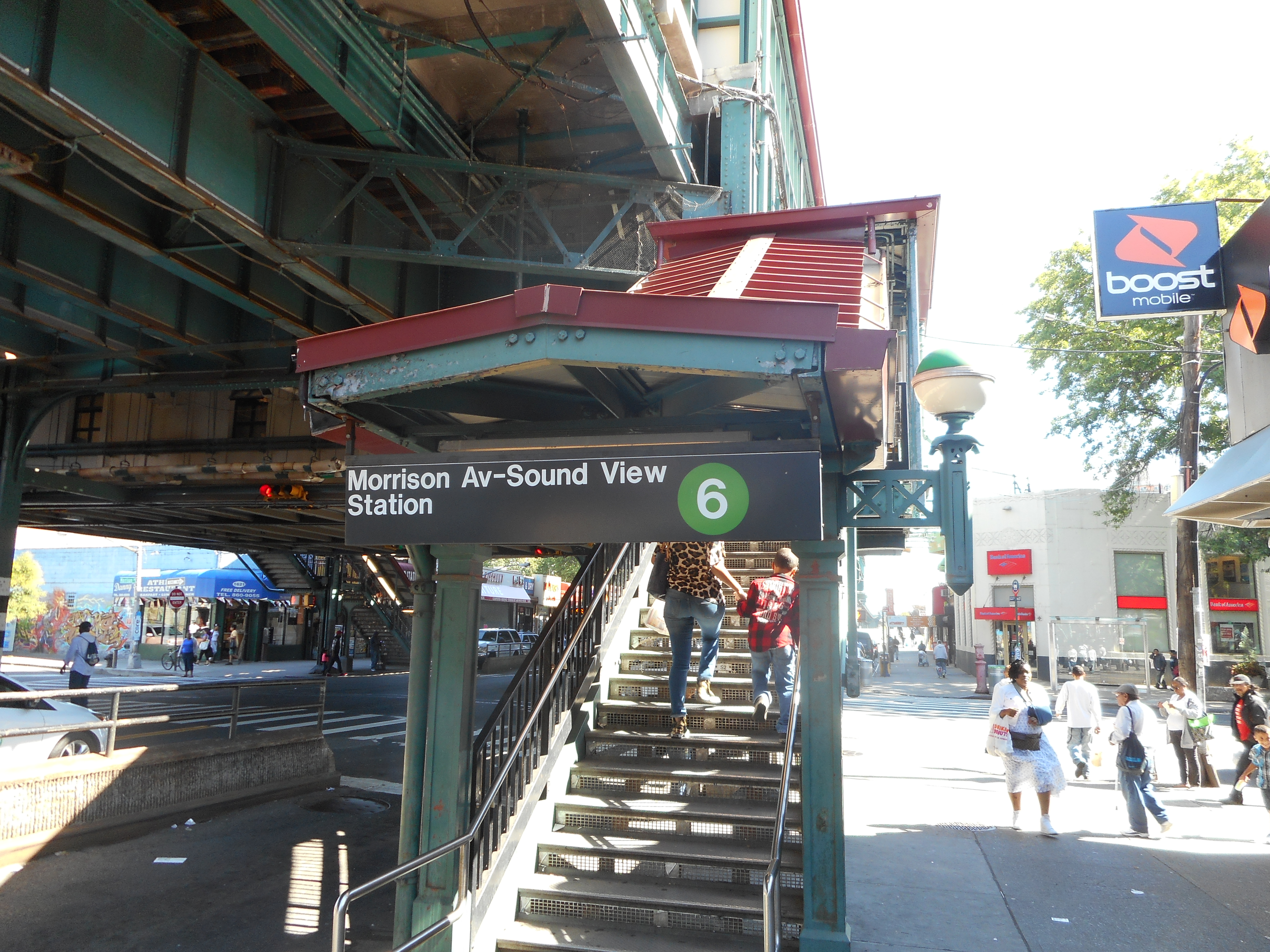[...]
S-bahn[edit]
In Germany the
S-Bahn is regarded as a train category of its own, and exists in many large cities and in some other areas, but there are differing service and technical standards from city to city. Most S-bahns typically behave like commuter rail with most trackage not separated from other trains, and long lines with trains running between cities and suburbs rather than within a city. The distances between stations however, are usually short. In larger systems there is usually a high frequency metro-like central corridor in the city center where all the lines converge into. Typical examples of large city S-Bahns include Munich and Frankfurt. S-Bahns do also exist in some mid-size cities like Rostock and Magdeburg but behave more like typical commuter rail with lower frequencies and very little exclusive trackage. In
Berlin, the
S-Bahn systems arguably fulfill all considerations of a true metro system (despite the existence of
U-Bahns as well) – the trains run on tracks that are entirely separated from other trains, short distances between stations, high frequency and uses tunnels but do run a bit further out from the city centre, compared with U-Bahn. A similar network exists in
Copenhagen called the
S-tog. (where a
metro system also exists). In Hamburg and Copenhagen, other, diesel driven trains, do continue where the S-Bahn ends ("
A-Bahn" in Hamburg area, and "L-tog" in Copenhagen).
Regional rail[edit]
Regional rail usually provides
rail services between towns and cities, rather than purely linking major population hubs in the way
inter-city rail does. Regional rail operates outside major cities. Unlike Inter-city, it stops at most or all stations between cities. It provides a service between smaller communities along the line, and also connections with long-distance services at interchange stations located at junctions or at larger towns along the line. Alternative names are "local train" or "stopping train". Examples include the former
BR's
Regional Railways, France's
TER (
Transport express régional), Germany's
DB Regio and South Korea's
Tonggeun services.
Regional rail does not exist in this sense in the United States, so the term "regional rail" has become synonymous with commuter rail there, although the two are more clearly defined in Europe. [...]








